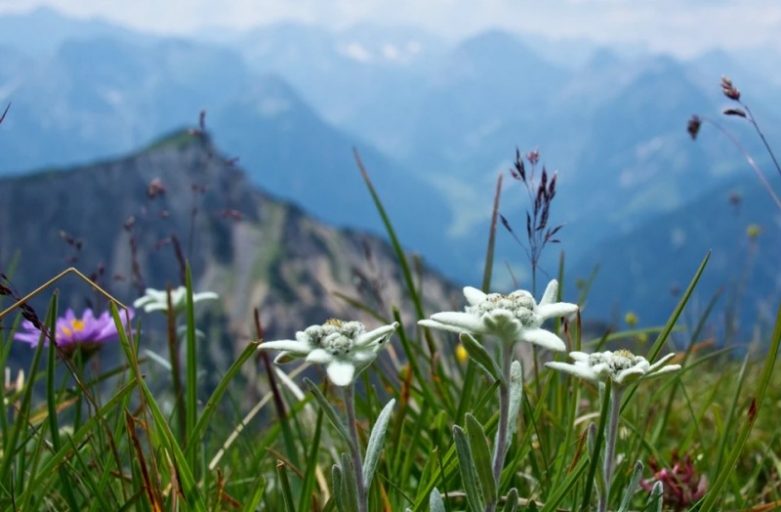The impact of global heating on the Alps is visible from space, with the snow-white mountains increasingly colonised by green plants, according to a study of high-resolution satellite data.
Vegetated areas above the treeline in the Alps have increased by 77% since 1984, the study says. While retreating glaciers have symbolised the speed of global heating in the Alpine region, researchers described the increases in plant biomass as an “absolutely massive” change.
Rising temperatures and increased rainfall are prolonging the growing season, with plants colonising new areas, and becoming denser and taller. Snow cover is decreasing, and the scientists said losses of less than 10% of snow cover above the treeline were still significant.
“The scale of the change has turned out to be absolutely massive in the Alps,” said Prof Sabine Rumpf, of the University of Basel, and lead author of the paper which was published in Science.
Mountain areas are heating about twice as fast as the global average. And while the greening of the Alps could increase carbon sequestration, this is likely to be outweighed by negative implications, including thawing permafrost, a reduced albedo effect – less snow reflecting away sunlight — and habitat loss.
According to Rumpf, more plants at high altitudes could paradoxically threaten many specialist Alpine plants, which are well adapted to harsh conditions but not very competitive. As conditions become conducive to growth, these are crowded out by more vigorous, common plants from lower altitudes.
“The unique biodiversity of the Alps is therefore under considerable pressure,” said Rumpf.
In contrast to vegetation, snow cover above the treeline has changed more modestly, declining significantly in almost 10% of the area, which excludes glaciers and areas below 1,700 metres. The researchers said this was still a worrying trend.
Prof Antoine Guisan, of the University of Lausanne, said: “Previous analyses of satellite data hadn’t identified any such trend. This may be because the resolution of the satellite images was insufficient or because the periods considered were too short.”
Although the high-resolution data does not detect changes in the depth of snow, ground-based measurements have shown decreases in depth at low elevations for some years.
The scientists said that as larger areas of the Alps turned from white to green, a feedback loop was created that led to an increased pace of heating and snow melt.
“Greener mountains reflect less sunlight and therefore lead to further warming – and, in turn, to further shrinkage of reflective snow cover,” Rumpf said of the albedo effect.
Heating also causes further melting of glaciers and the thawing of permafrost, which may lead to more landslides, rockfalls and mudflows.
Source: theguardian.com


